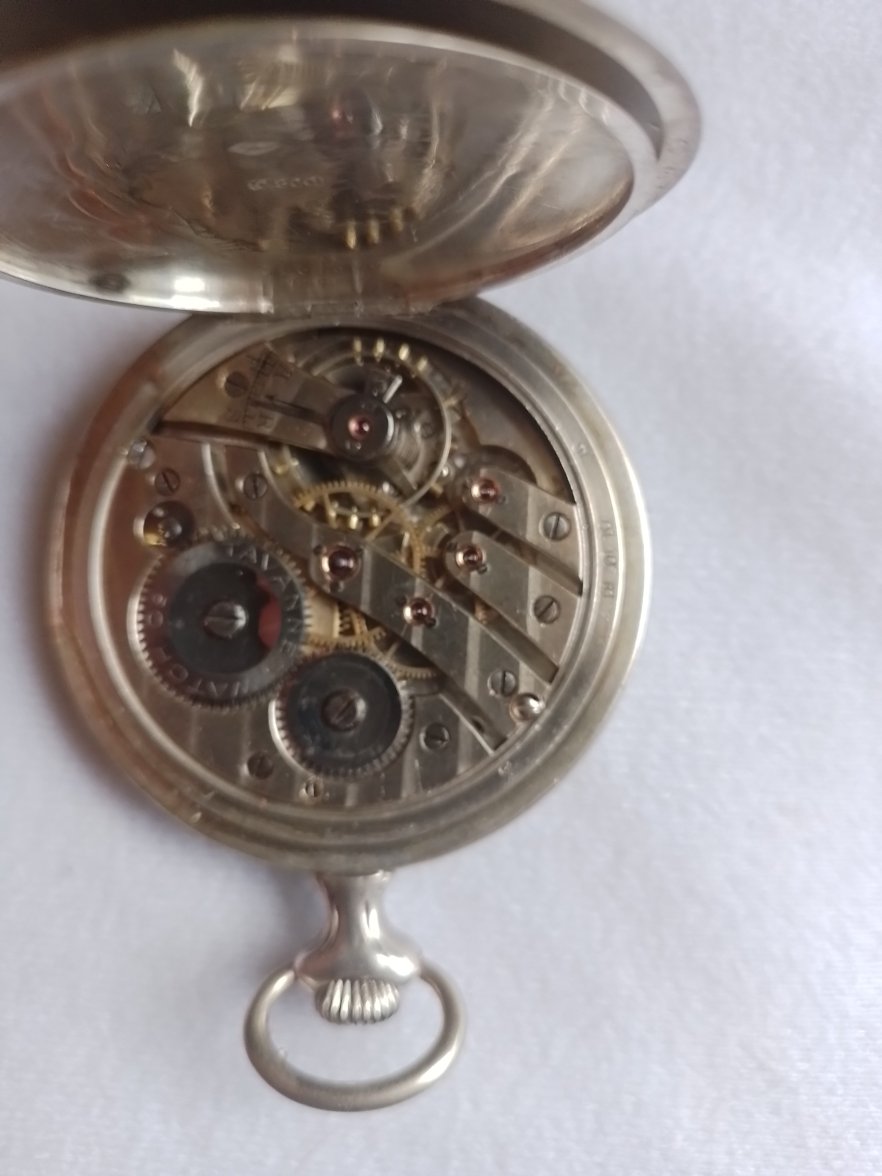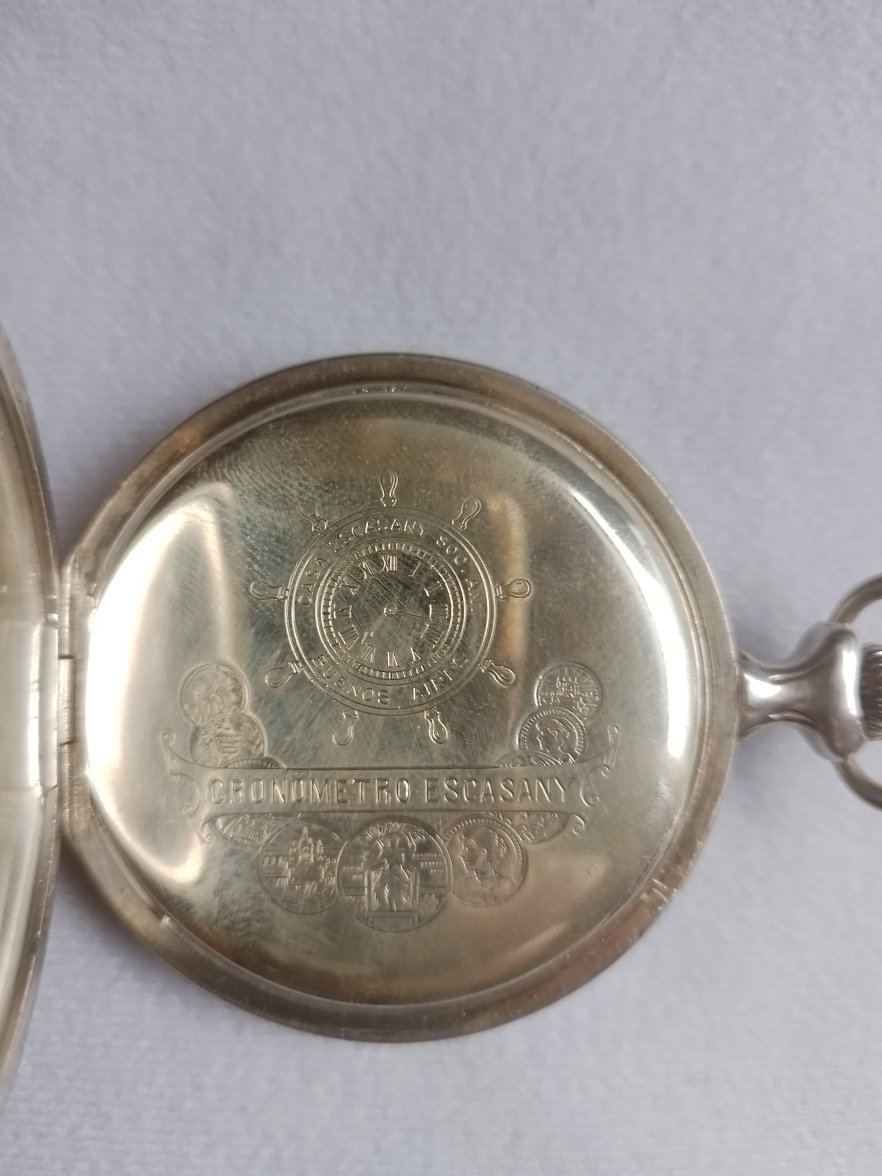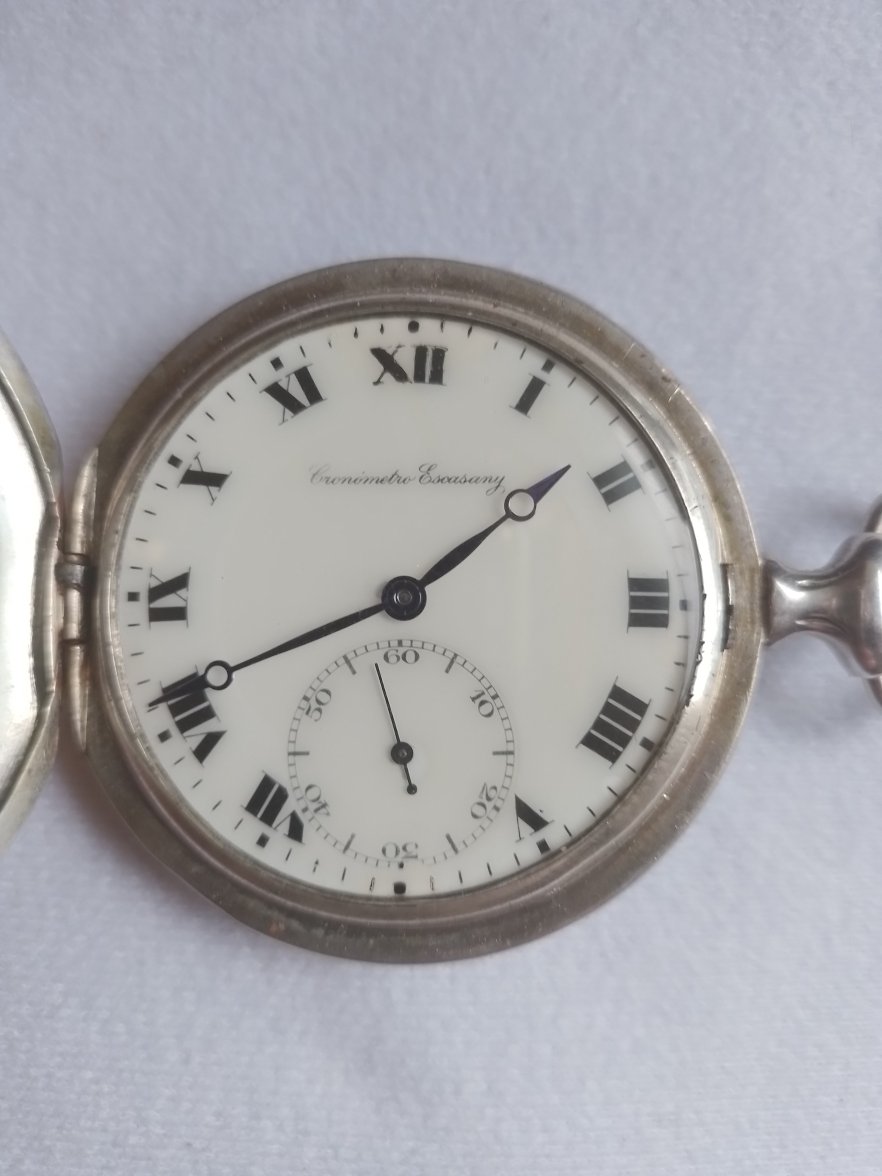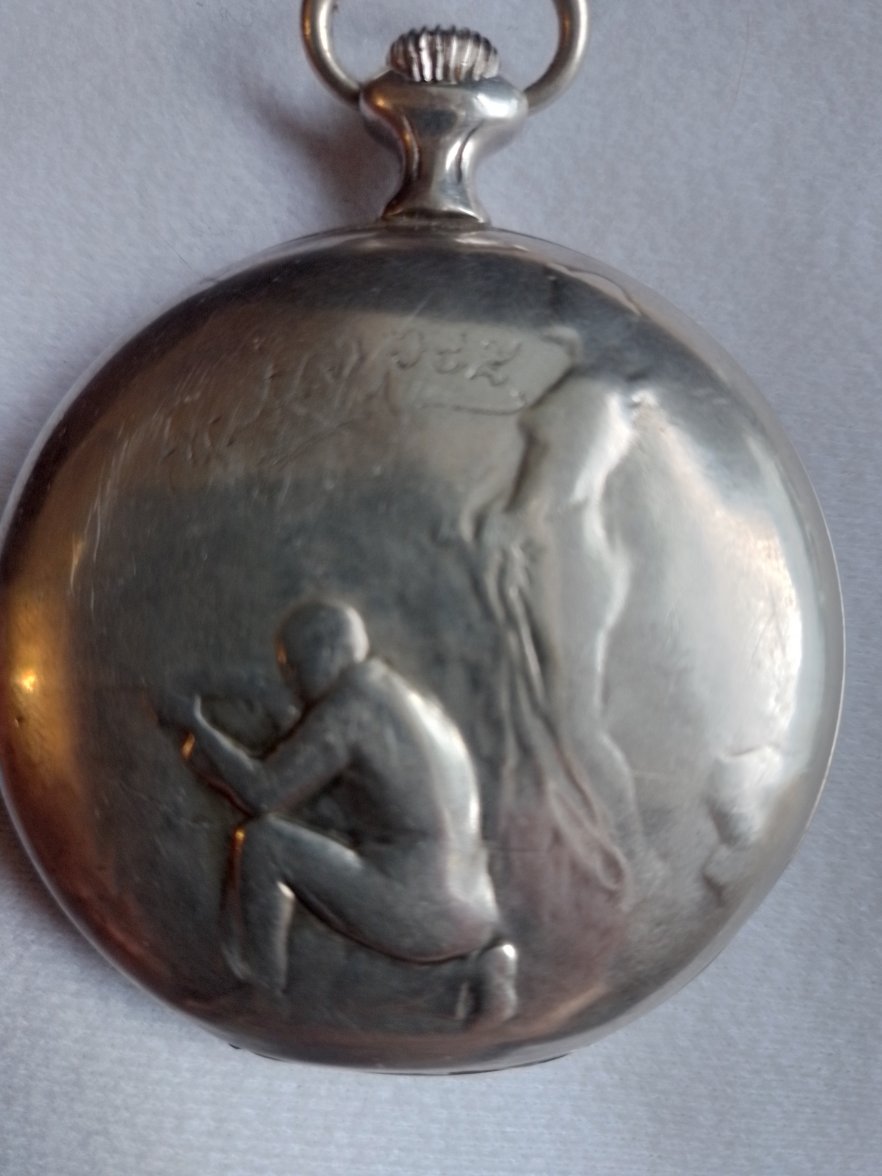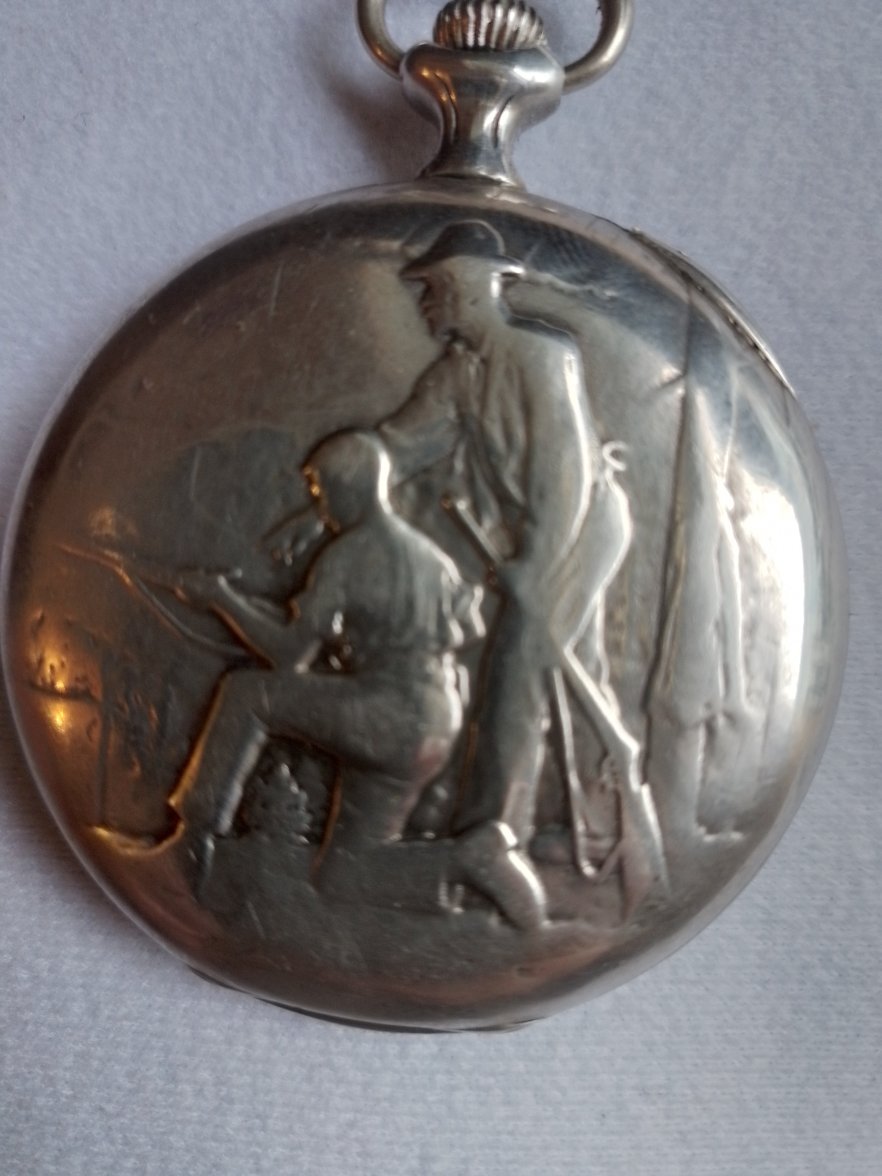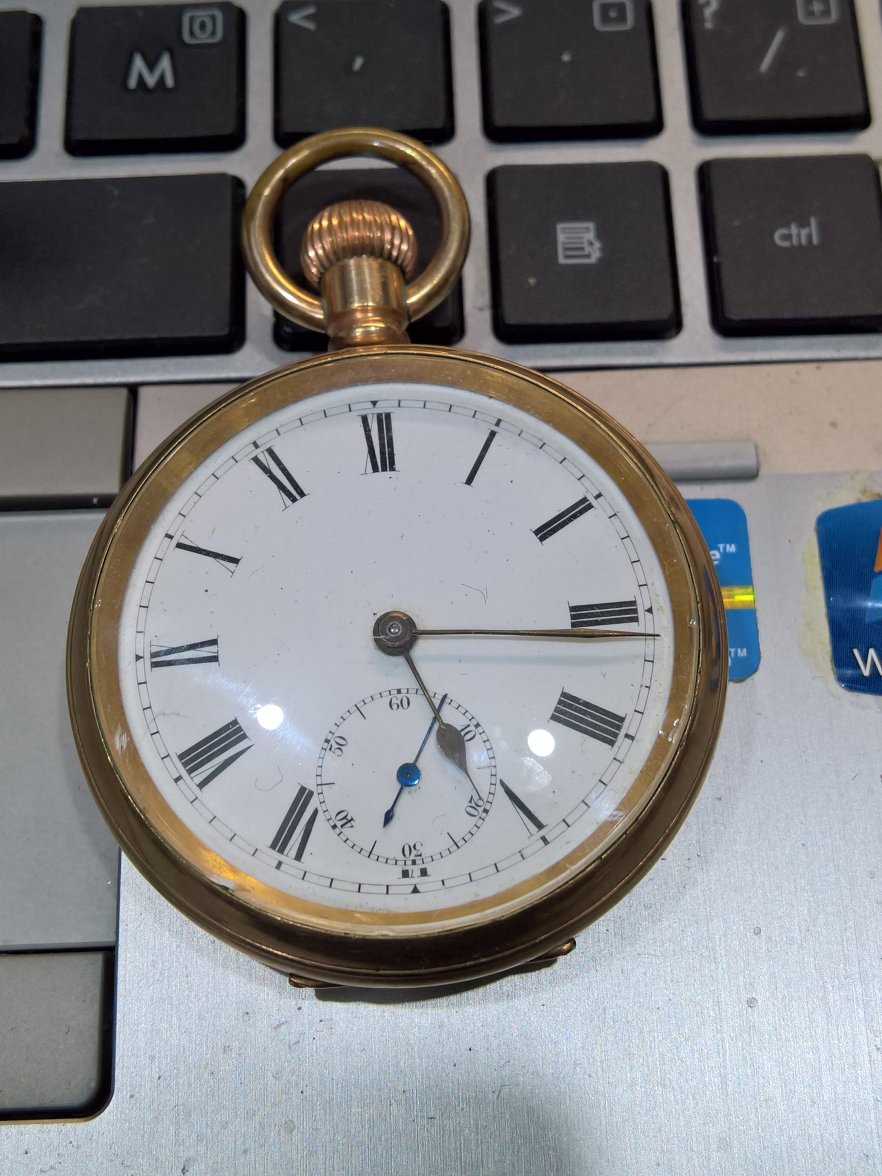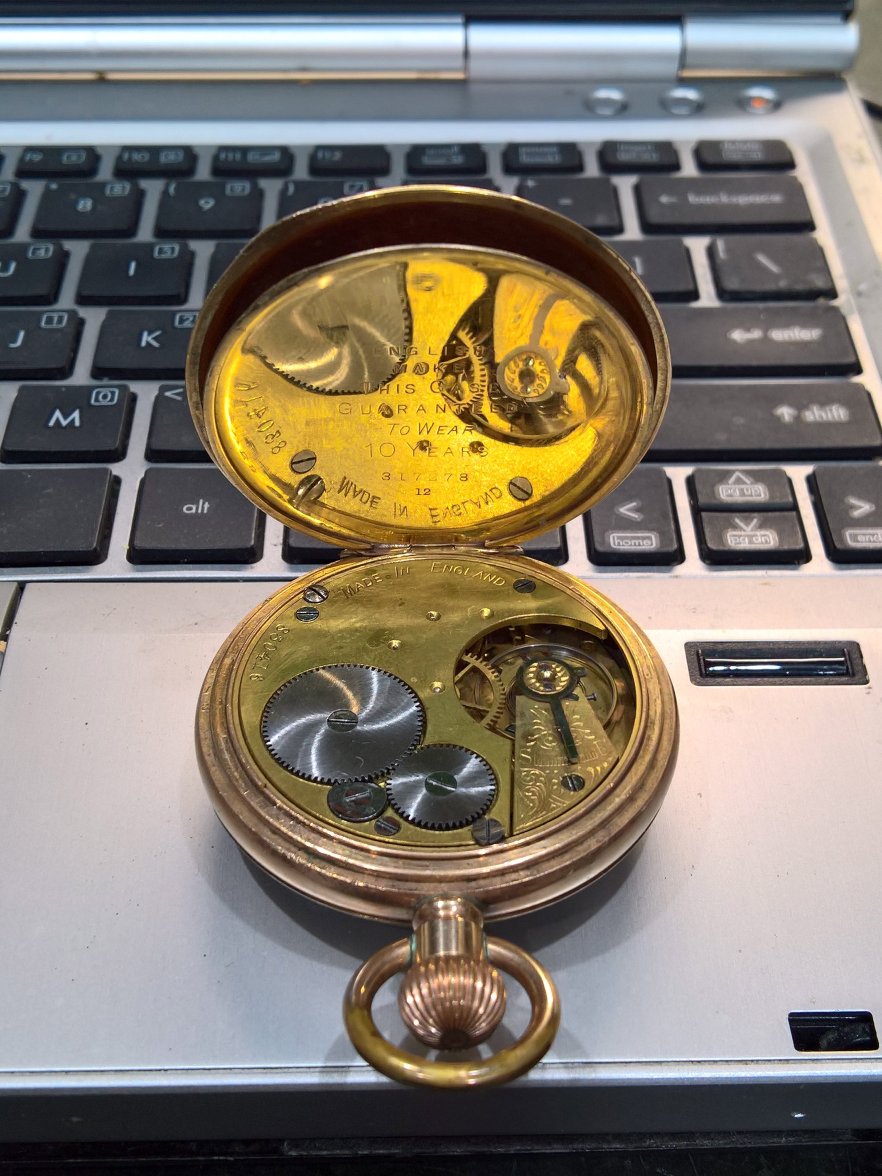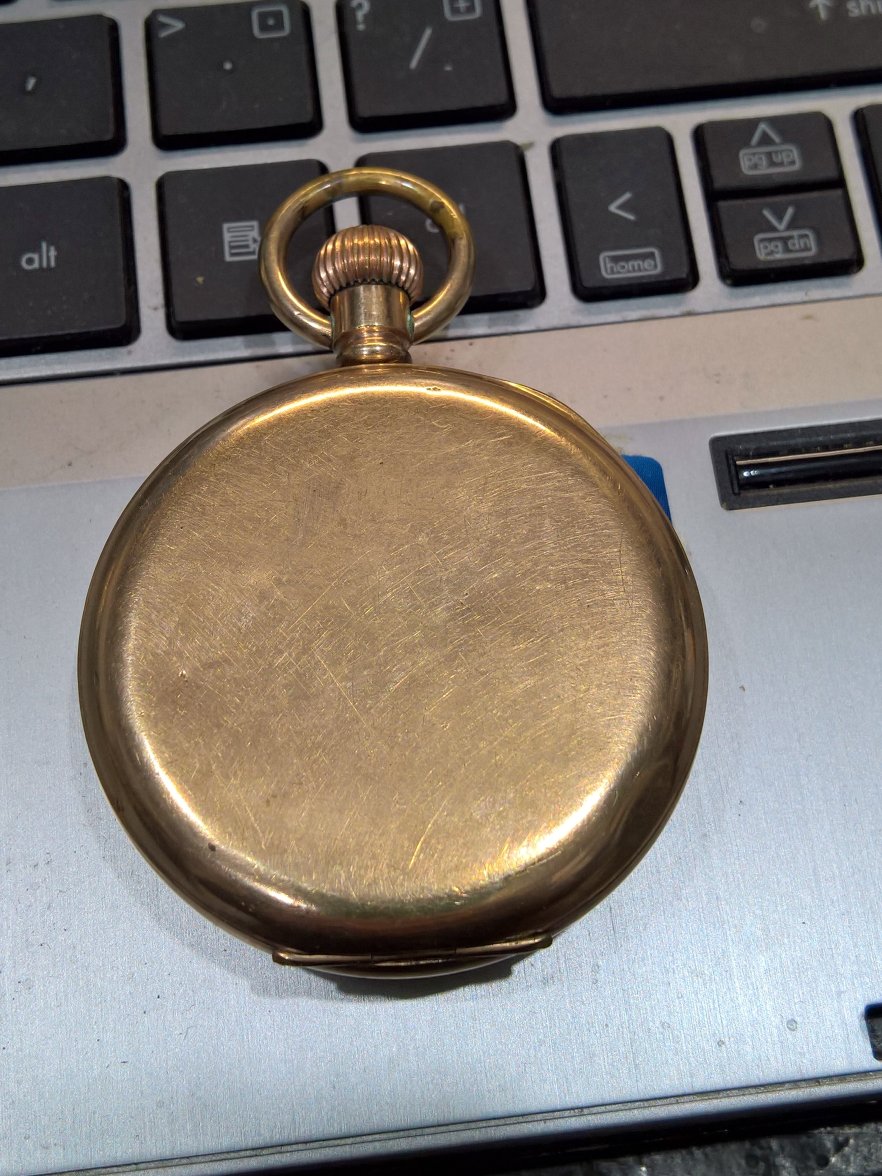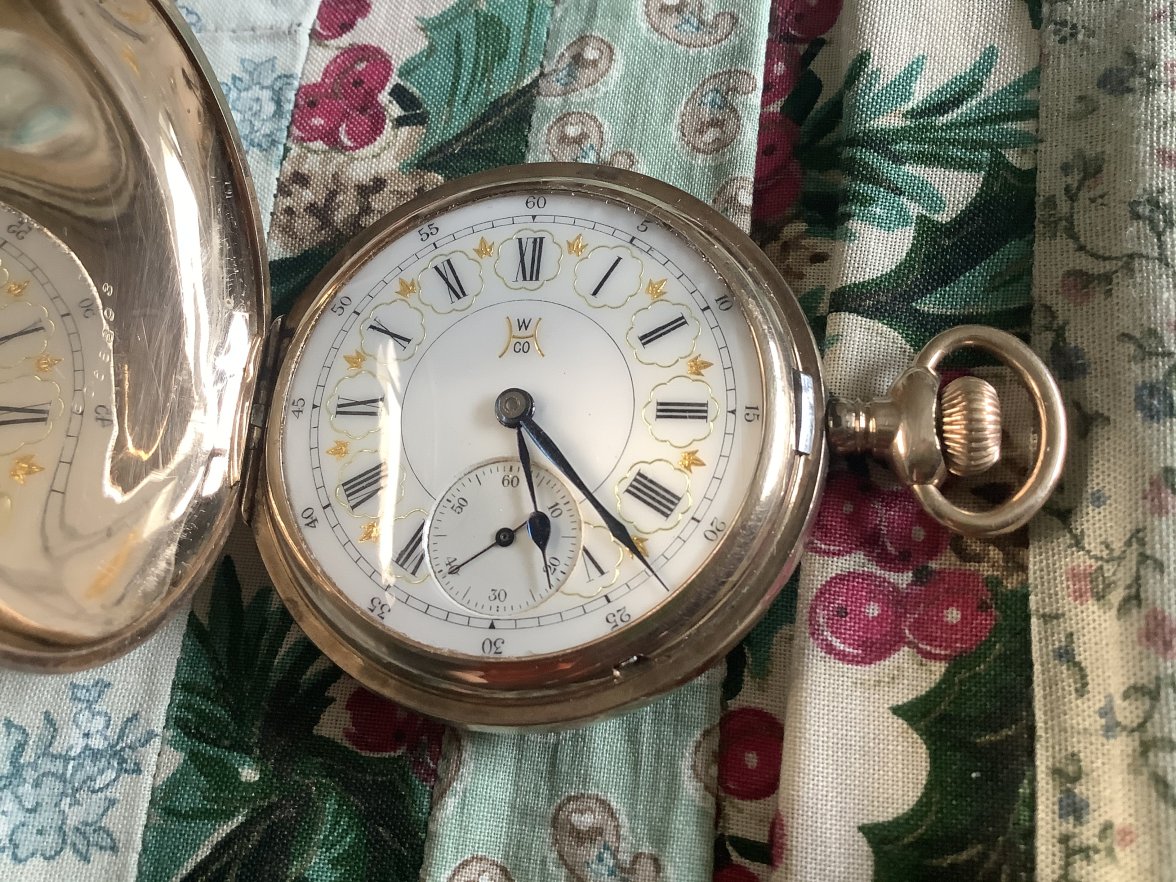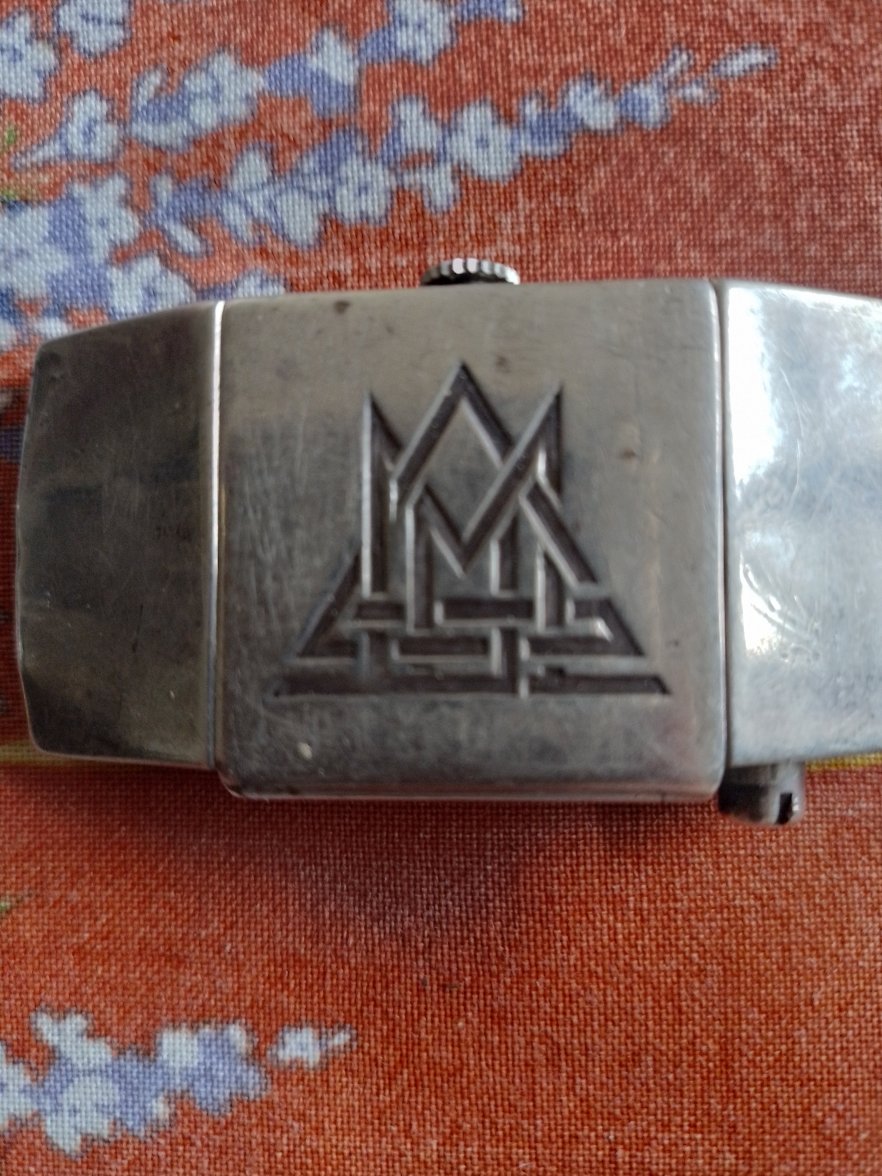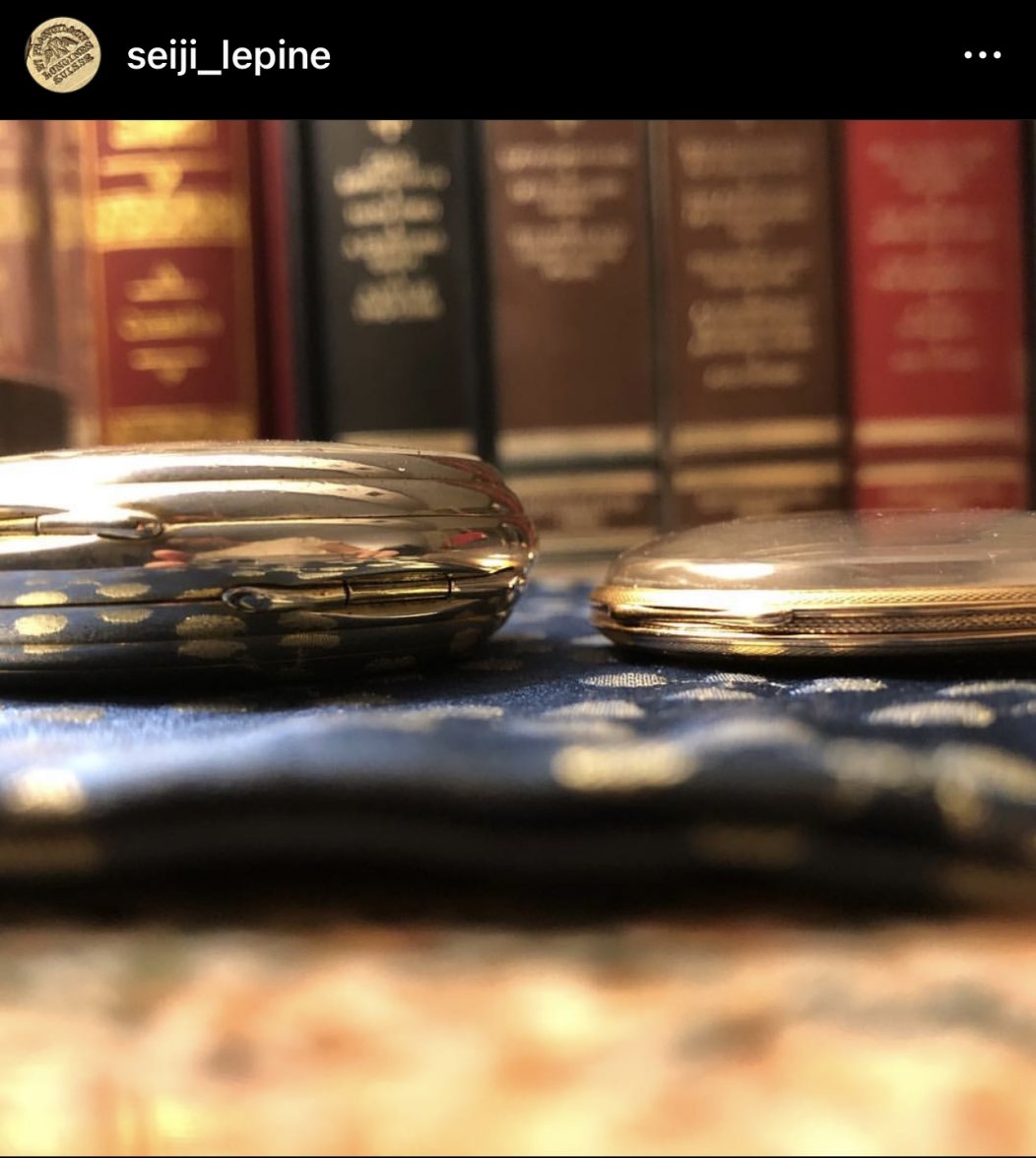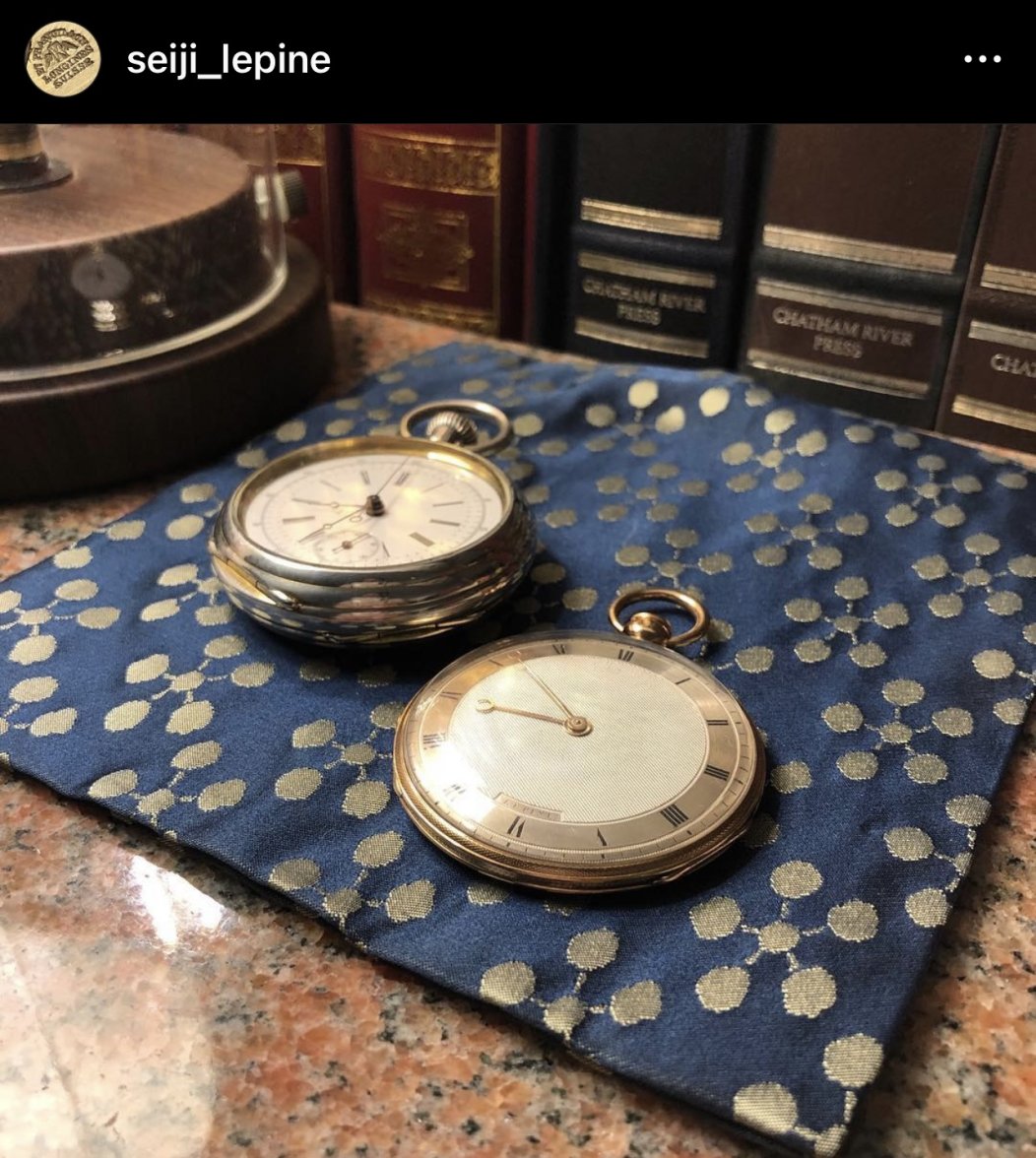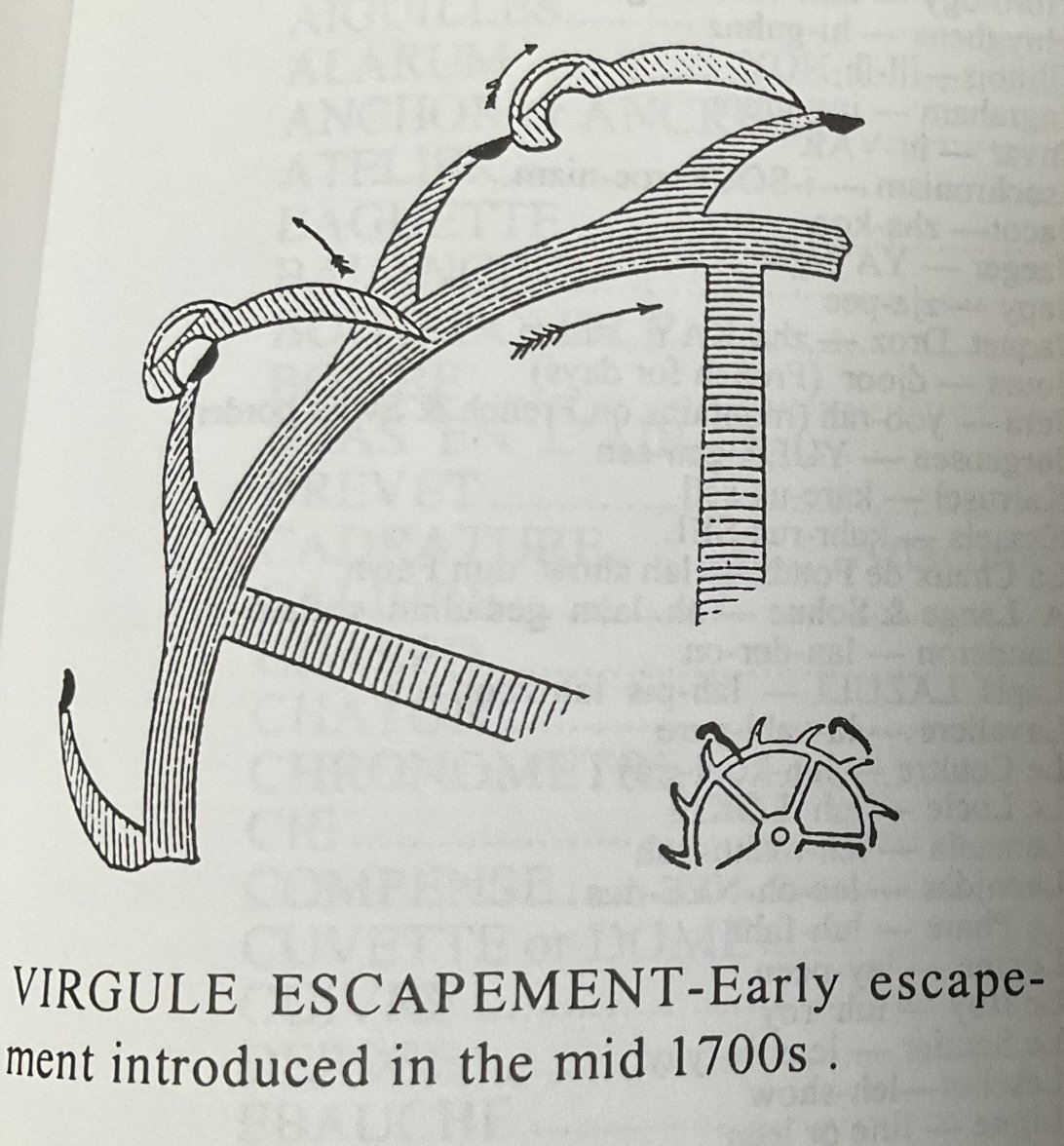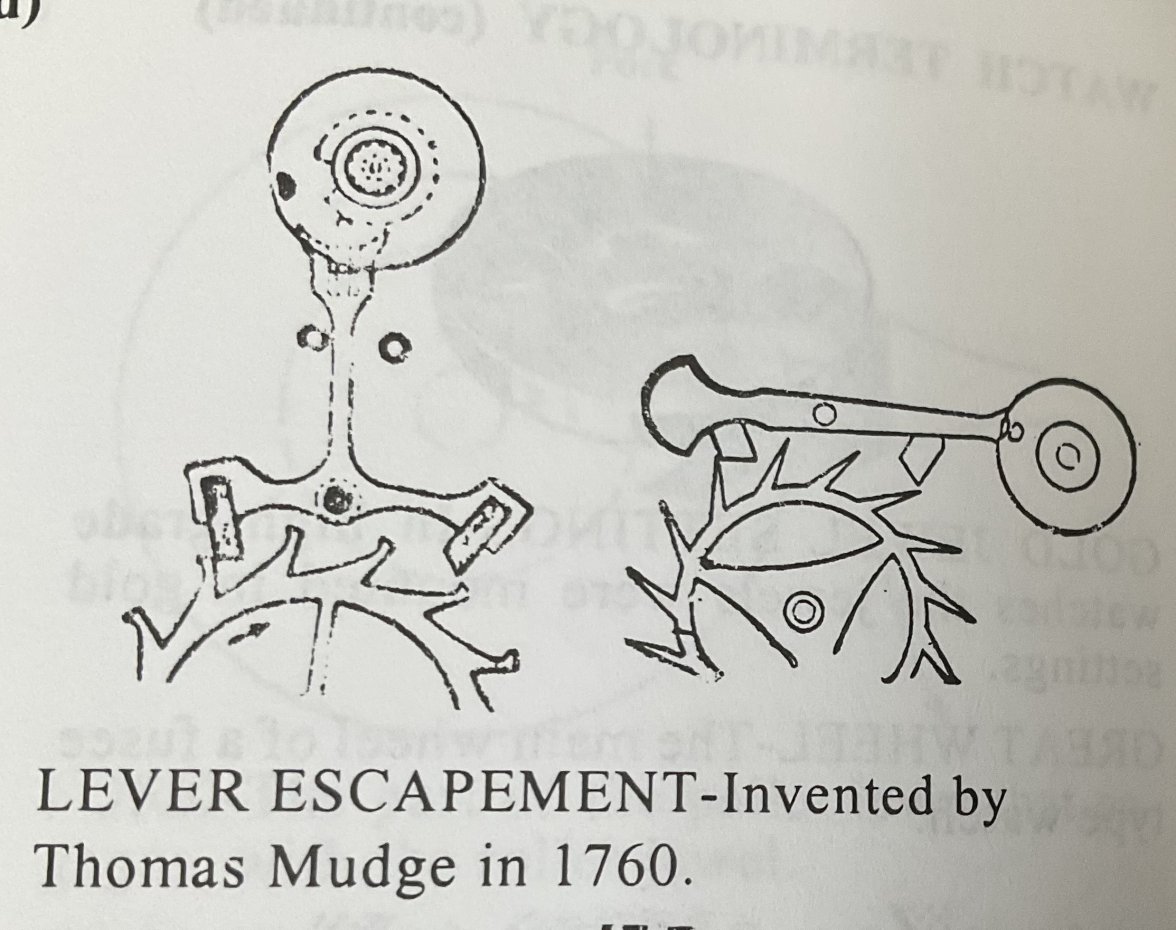I recently reported that three of us consolidated our collections of railway standard pocket watches, wrist watches, and railway standard Seth Thomas World octagon drop wall clocks for a model train show. We have participated in these shows for decades, to the point now where repeat attendees at this show haul out their pocket watches to ask us for opinions. Surprisingly, almost always they have good examples.
This year, a fellow knew we would be there. He brought his grandfather’s railroad watch. It was as perfect a 1908 model 23-jewel Waltham Vanguard with winding reserve indicator watch, as I have ever seen! Lossier Inner Terminal hairspring, and as perfect a triple-sunk vitreous enamel dial as you’ll ever see! There were four of us manning our booth, and he could hardly believe the chorus of oooohs and ahhhhs from us when we saw it. He had absolutely NO idea what he had! (And as much as I had my camera and my iPad there, I didn’t think to take a picture! For shame,)
